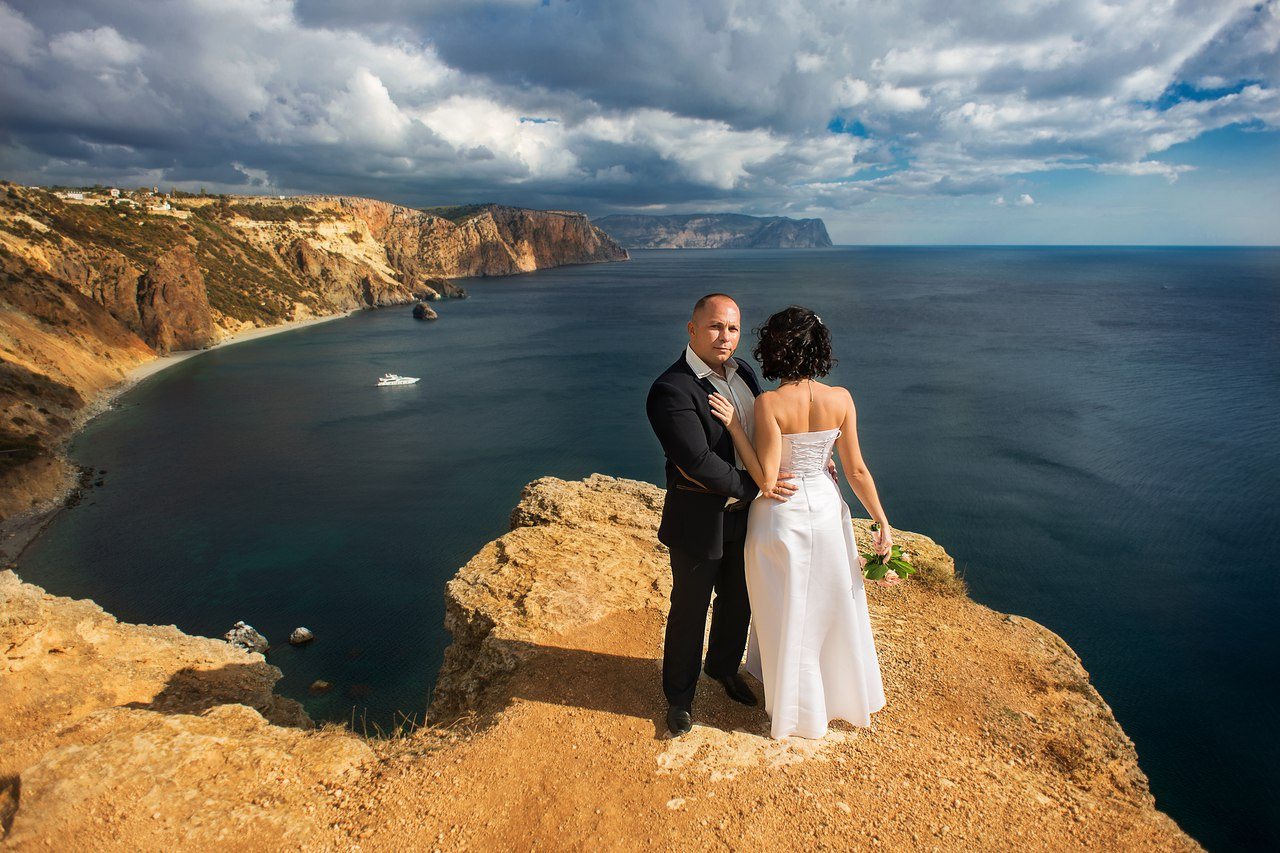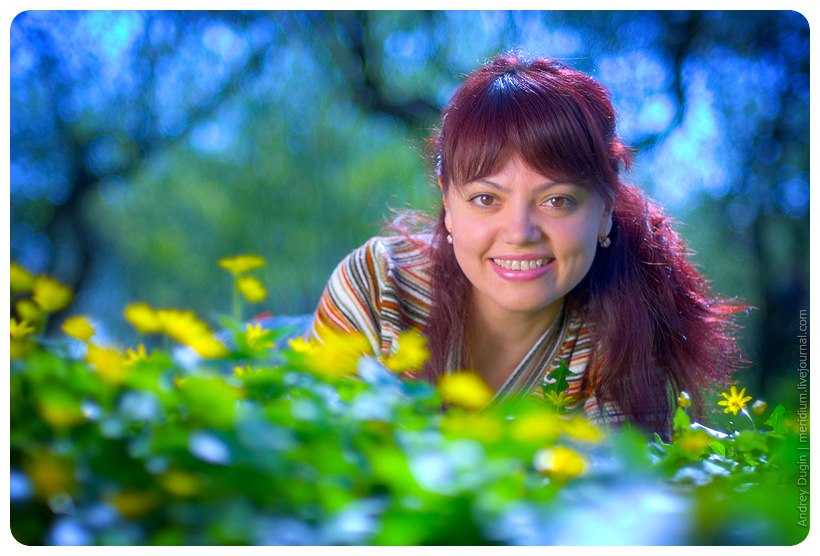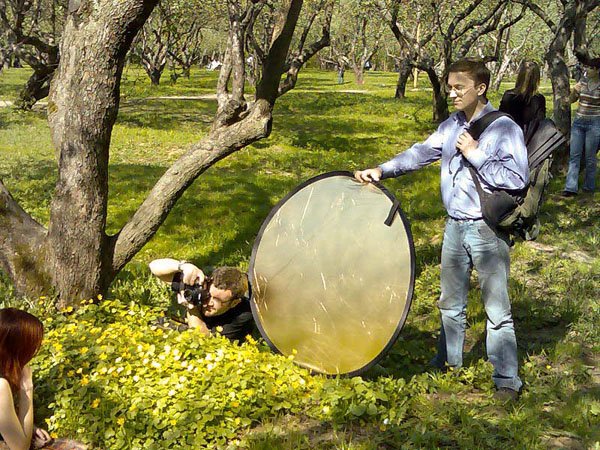Answer the question
In order to leave comments, you need to log in
How to achieve the lightness of the object while preserving the entire sky?
Just came across this photo.
Is this effect achieved with an aperture of 32, or what is the trick?
Answer the question
In order to leave comments, you need to log in
1) How to make the clouds dark on a sunny evening?
2) Use a reflector or video light. Here is the photo I took and how it was taken:

On the fingers: in order for the bright (clouds + sky) to turn out dark, it is necessary that little light arrives from this bright on the film / matrix. Why you need to hold down the aperture and / or reduce the shutter speed. And now to the nuances:
- Each of these actions has its own - potentially undesirable - consequences; for the aperture - when clamped, more will fall into the depth of field, goodbye, blurry background (if it was needed); at a short shutter speed, the smearing of moving objects is lost, which is also sometimes in demand. Accordingly, you need to understand what exactly we want to achieve, and change these parameters accordingly.
- since we're exposing on the brightest, everything else (except the sky) will be underexposed. This will have to be fought, and there is a huge choice:
-- bracketing - we shoot several frames with different exposures, glue them together in special software. Cheap and cheerful, but time consuming, plus problems with moving objects (people, clothes, leaves, waves, etc.), and the result is not always satisfactory.
-- shooting in RAW with subsequent development in a RAW editor with the necessary settings. You can pull shadows, but at the cost of noise and a lot of time. The result is also not always satisfactory.
-- optimal: highlight the subject. This is where the real fun of art begins. many options, and you can make a candy, and be creative in different ways:
--- If there is natural light, you can direct it with a reflector. Cons: you need a reflector, sometimes it's big and expensive, they come in different colors, you need to delve into all this, you need an assistant or a tripod to guide it, you need to carry it
--- If there is no natural light, you can use the flash. Here, in general, trash and waste, because. flashes are different (guide number, shape (classic / ring), you can use several of them (for example, to shine not only on the subject, but also on something else in the frame, for example, on the ground / bushes, or to illuminate the object behind (gives a good result with hair, separates from the background), they can be "dressed" - use the so-called modifiers - umbrellas for light / reflection, softboxes of all shapes and colors, snoots, gobos, reflectors, etc., direct in different directions at different angles, paint with color filters or "warm" with a CTO filter so that there is no discrepancy with natural light in color temperature... Basic info here.If interested, go here first:
strobist.
www.liveinternet.ru/community/rss_rss_8020photo
Flash has a lot of side effects if used incorrectly, first of all, glare on the skin / light clothes, strong contrast between the object and background illumination, color temperature discrepancy with natural sources, strong shadows, red eyes. All this is removed with proper cooking - the use of competent lighting schemes, adequate power settings, modifiers, the use of reflectors. Flash can be useful even on a bright day (fill) to remove shadows on the subject if they are not desired.
Cons - you need to learn how to cook properly, you need an assistant \ tripods, it's expensive, especially if you take several and use modifiers
--- video light instead of \ in addition to flash
--- filters stand apart:
---- polarizing, increasing color contrast, making the sky (especially if there are clouds on it) more picturesque, removing reflections from the water (at the same time eating light, however)
---- neutral - just eating light, which is useful when there is too much of it
In general, it's like building a data center :)
Didn't find what you were looking for?
Ask your questionAsk a Question
731 491 924 answers to any question